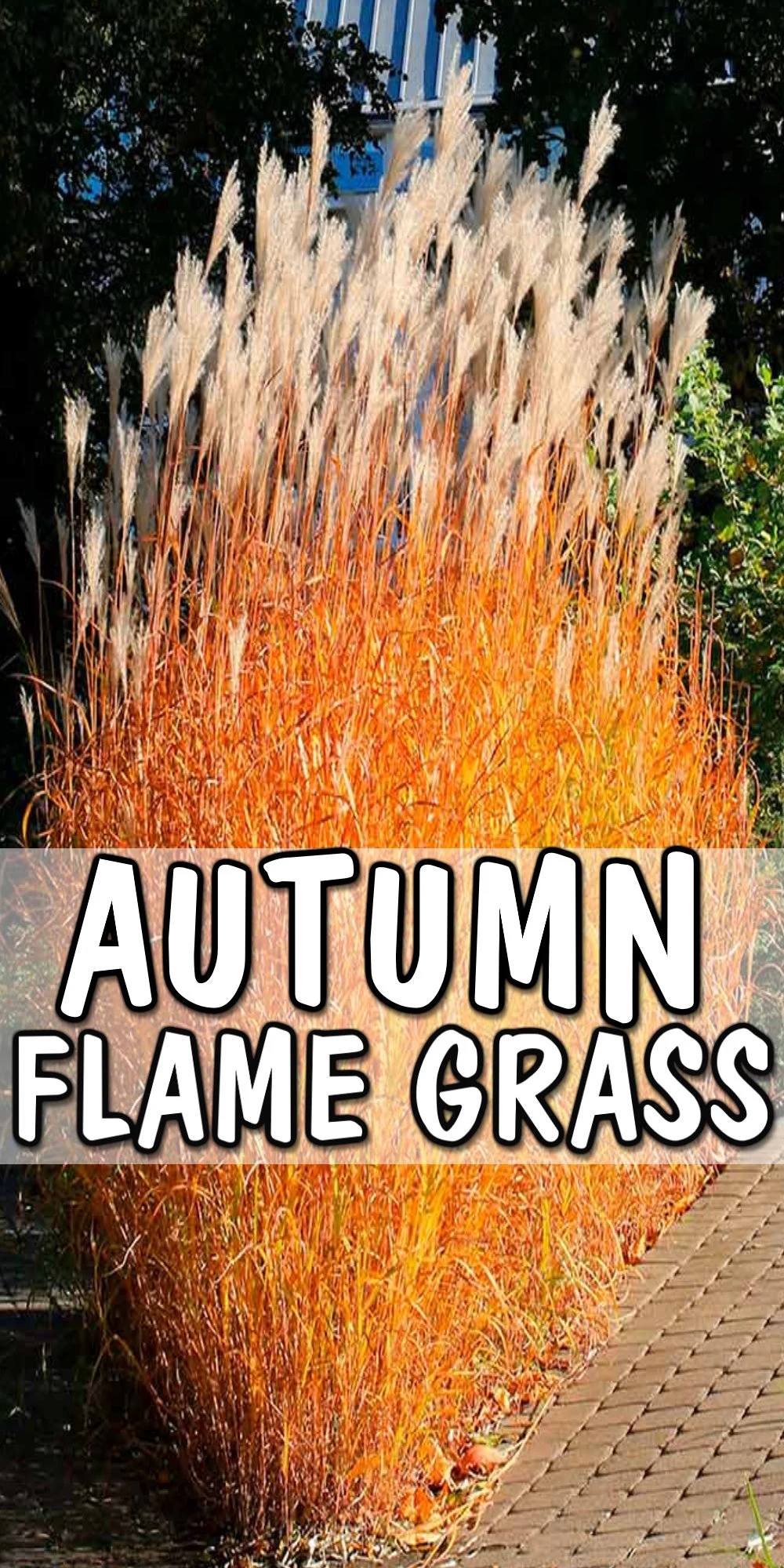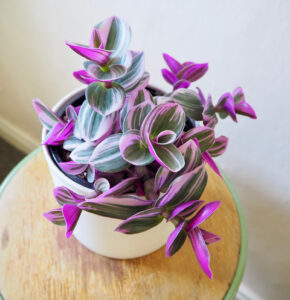
Autumn Flame Grass (Miscanthus sinensis ‘Autumn Flame’) is a striking ornamental grass that provides year-round interest in gardens and landscapes. Known for its elegant arching foliage, fiery red hues in the fall, and feathery plumes, this hardy perennial is a favorite among gardeners. Whether used as a focal point, mass planting, or border, Autumn Flame Grass requires specific care to thrive. This detailed guide covers all aspects of growing and maintaining a healthy Autumn Flame Grass plant.
1. Understanding Autumn Flame Grass
Growth Characteristics
- Scientific Name: Miscanthus sinensis ‘Autumn Flame’
- Common Name: Autumn Flame Grass
- Plant Type: Perennial Ornamental Grass
- Mature Height: 3-5 feet
- Mature Spread: 2-3 feet
- Growth Rate: Moderate to Fast
- Flowering Season: Late summer to early fall
- Foliage Color: Green in spring and summer, turning vibrant red in autumn
Climate and Hardiness
- USDA Hardiness Zones: 5-9
- Temperature Tolerance: Cold-hardy and heat-tolerant
- Humidity Preferences: Prefers moderate to high humidity
2. Planting and Soil Requirements
Ideal Planting Time
- Best planted in early spring or fall to establish strong roots before extreme weather conditions.
- Can be grown from seeds, divisions, or nursery transplants.
Soil Preferences
- Prefers well-draining, fertile soil with moderate moisture.
- Thrives in loamy or sandy soil but can tolerate clay with proper drainage.
- Soil pH should be between 6.0 and 7.5 for optimal growth.
Planting Depth and Spacing
- Dig a hole twice as wide and as deep as the root ball.
- Space plants 3 feet apart to allow room for mature growth.
- Backfill with soil, water thoroughly, and apply a layer of mulch.
3. Light and Watering Requirements
Sunlight Needs
- Thrives in full sun, requiring at least 6 hours of direct sunlight daily.
- Partial shade is tolerated but may reduce vibrant fall coloration.
Watering Schedule
- Requires moderate watering; keep soil evenly moist but not soggy.
- Water once a week during dry periods and more frequently during extreme heat.
- Once established, it becomes drought-tolerant.
4. Fertilization and Nutrient Requirements
Best Fertilizer Choices
- Apply a balanced, slow-release fertilizer (10-10-10) in early spring.
- Organic options like compost or well-rotted manure enrich soil health.
Feeding Schedule
- Fertilize once in early spring when new growth emerges.
- A second feeding in mid-summer encourages healthy foliage and flower plumes.
5. Pruning and Maintenance
Cutting Back and Trimming
- Cut back the previous season’s growth in late winter or early spring before new shoots appear.
- Trim to about 6 inches above the ground to promote fresh, healthy growth.
Controlling Spread
- Autumn Flame Grass spreads through rhizomes; divide plants every 3-4 years to prevent overcrowding.
- Remove any unwanted self-seeded plants to maintain a tidy landscape.
6. Propagation Methods
Growing from Seeds
- Collect seeds from mature plumes in late fall.
- Sow indoors 6-8 weeks before the last frost date, keeping soil moist and warm.
- Transplant outdoors when seedlings are 4-6 inches tall.
Propagation by Division
- Divide mature plants in early spring or fall.
- Use a sharp spade or knife to separate root clumps.
- Replant divisions immediately, ensuring proper spacing.
7. Pest and Disease Management
Common Pests
- Aphids: Can be controlled with neem oil or insecticidal soap.
- Grasshoppers: Cause chewing damage; use floating row covers or natural predators.
- Slugs and Snails: Feed on young shoots; deter with diatomaceous earth or copper tape.
Common Diseases
- Rust: Causes orange spots on leaves; remove infected foliage and improve air circulation.
- Leaf Spot: Fungal disease leading to brown lesions; treat with a fungicide.
- Root Rot: Result of overwatering; ensure well-draining soil.
8. Seasonal Care and Overwintering
Spring and Summer Care
- Provide consistent moisture and apply fertilizer.
- Monitor for pests and diseases, taking preventive action as needed.
- Trim dead foliage to encourage fresh growth.
Fall and Winter Care
- Allow dried foliage and seed heads to remain for winter interest.
- In colder regions, apply a layer of mulch around the base to insulate roots.
- Cut back dead foliage in late winter before new shoots emerge.
9. Landscaping Uses and Companion Plants
Landscape Applications
- Borders: Creates a natural, flowing garden edge.
- Mass Plantings: Provides dramatic texture and movement.
- Containers: Adds height and elegance to patio gardens.
Companion Plants
- Coneflowers (Echinacea): Add contrast with their vibrant blooms.
- Black-Eyed Susan (Rudbeckia): Complements with golden yellow flowers.
- Russian Sage (Perovskia): Offers a delicate, airy texture alongside Autumn Flame Grass.
Try Checking Out Our Other Guides!
Search
Proudly powered by WordPress






